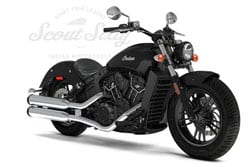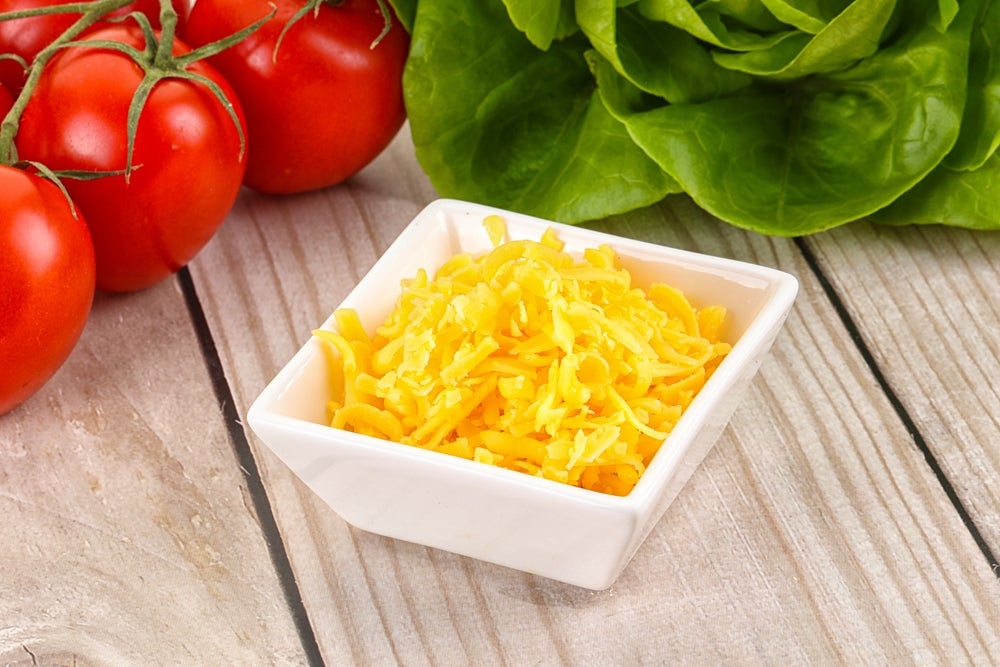With years of CPG and shopper marketing expertise at General Mills in her back pocket, Pam Kermisch moved on to a seemingly unlikely new job—marketing motorcycles.

But not just any motorcycles. She is senior director, integrated marketing and customer experience for power sport company Polaris Industries, which markets the iconic Indian Motorcycle, America’s first motorcycle company.
The challenges appeared daunting: A narrow target, an expensive product sold only in specialty locations, low purchase frequency, a small marketing budget and a resource light environment. And then, there was the 800-pound Gorilla beating its chest nearby, Harley Davidson.
What was working were demo events and online ads to drive attendance, but it was time for change.
“It was working. We were growing,” she said today at the ANA Brand Activation Conference. “But we could do better. We needed a new marketing model.”
Kermisch and her team applied lessons from her CPG days to develop a customer path-to-purchase map by interviewing employees, dealers and consumers and leveraging third-party resources.
“We mapped out different phases people go through before buying a motorcycle,” she says. “For each phase we looked at what the consumer was doing, what was important and what information they needed to get to that next level.”
Motorcycles are a highly emotional category.
“Riding is often a gift passed down from the men in their lives and keeps them connected to loved ones,” she says. “Riding is a true escape. Being a rider defines who they are. It gives them something very important.”
She found that most of a potential buyer’s time is spent researching online and only making a visit, or two to a dealership. That’s a reversal from times past when dealers had more opportunities to connect and engage with potential customers right in the dealership, when they could touch and feel the motorcycles.
“Research has moved from dealerships to digital,” she says. “Consumers like to visit dealerships and want a reason to stop in. Trying new bikes is recreation and they’re looking to connect with other riders. We looked at how we could create more opportunities.”
The team executed several growth strategies:
• Digital Shopping Strategy Make online research easier, organic search more effective and encourage reviews.
• Owners as VIP The brand, in the past, had not marketed to its most ardent brand ambassadors, its owners. A magazine now lands in owners mailboxes that includes exclusive content, recognition, special discounts and information on private rides.
“These are our people. They are six times more likely to buy because they love our brand,” she says. “When we have news, they get to hear it first.”
As for the results, the Indian Motorcycle brand is growing double digits and thriving in the marketplace.

Kermish offered four takeaways:
1. Understand how your customer approaches shopping and buying in your category
2. Identify key influences at each phase like word-of-mouth, test rides and online reviews
3. Develop an action plan to over deliver
4. Execute, adapt, execute again and repeat
Related articles:



